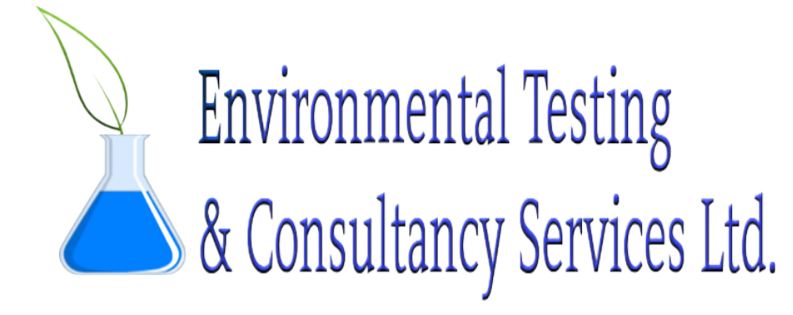
Environmental Testing & Consultancy Services Ltd is your first line of defense for environmental monitoring. We are the leading environmental monitoring laboratory in Saint Lucia assessing microbiological risks and establishing locations for environmental monitoring.
Environmental monitoring helps determine if your food contact surfaces contain any harmful bacteria including Staphylococcus Aureus, Salmonella, Listeria, Bacillus Cereus, E.coli mold etc. Routine environmental monitoring for pathogens is important to ensure that you are processing, plating and preparing food in a safe pathogen free environment.

There are numerous benefits which make environmental monitoring critical to ensuring a safe production facility.
Microorganisms are always present in food production facilities. A thorough sanitation program should be in place to ensure that organisms coming into the facility are not allowed to become permanent residents.
Pathogens can be introduced into the environment via ingredients, equipment and people. The processing environment is dynamic and these daily changes require ongoing sanitation and ongoing monitoring.
The most common tests that are performed for quality testing include Aerobic Plate Count, Total Coliform, and E. coli. These are known as “indicators” because they are used to assess food safety and sanitation without looking for specific pathogens. These organisms can be used to determine shelf life, potential risk as well as compliance with set criteria. Quality Testing, or indicator testing, can be used for both product and environmental samples.
Environmental Testing & Consultancy Services Ltd. conducts additional tests for environmental monitoring which may be appropriate for your specific application.
Copyright © 2023 Environmental Testing And Consultancy Services Ltd | Design & Developed By Karacreatives.com